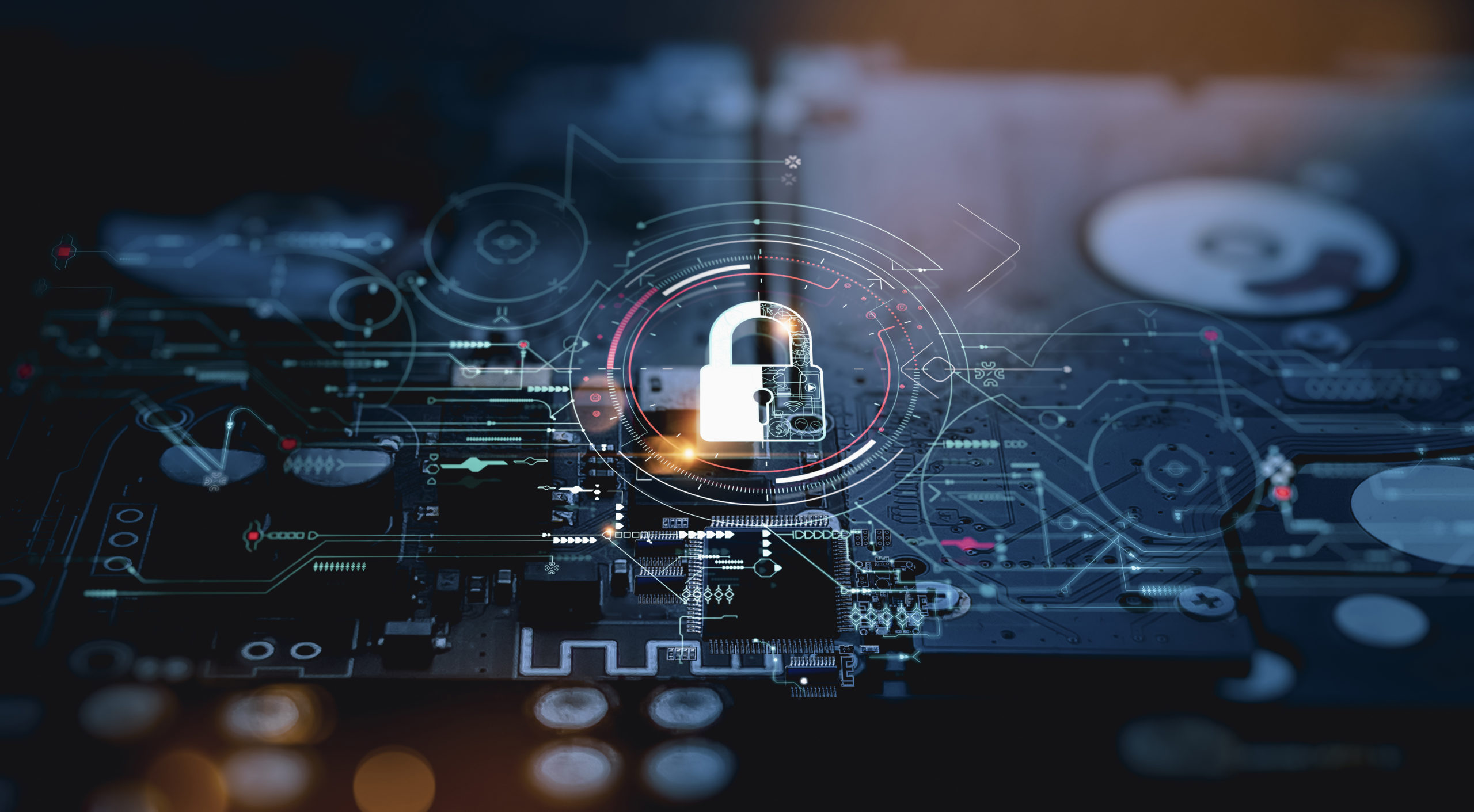Data Protection
Avoiding Cyber Warfare Collateral Damage

As tensions at the Ukraine-Russia border continue to rise, the likelihood of widespread security threats follow suit. Today’s militaries allocate significant effort and resources into their cyberattack forces, far different from the kinds of conflict seen just 10 years ago. These expanding arsenals of cyber-based weapons may be initially targeted at adversaries but collateral damage will inevitably impact those not directly involved in the conflict.
The Cybersecurity and Infrastructure Security Agency (CISA) recently released a document encouraging organizations of all shapes and sizes to do everything they can to improve their security postures and enhance their own security protocols in response to the increased risk of international cyberattacks. Private-sector reports of potentially destructive malware and even website defacement are among some of the top threats impacting entities in Ukraine, and those assaults could soon hit home in the US and other nations as well.
Here are some of the top things you can do now to improve your cybersecurity posture and protect your organization.
Reduce the Likelihood of a Successful Attack
Perform a Security Health Assessment
Evaluating your organization’s cybersecurity posture by performing a security health assessment is the first, and arguably the most important, step in mitigating risks. It’s important to evaluate current protocols and security management against the Center for Internet Security’s (CIS) 18 control areas to create a more comprehensive look at your risk profile. Using this risk profile, your company can lay out a strategic plan to assess potential weaknesses and bolster your cybersecurity posture.
Find and Fix Vulnerabilities
With Vulnerability Management and Advanced Patching services, you can initiate proactive remediation of security vulnerabilities while also staying up-to-date with external software vendors’ patches as they are released. Quick identification of existing vulnerabilities through recurring scans ensures they’re mitigated before they’re exploited.
Understand and Secure Your Cloud Services
Maintenance and optimization of existing cloud services are vitally important when choosing to move your data storage off-premise and into the cloud. Thoughtful, supervised migration paired with 24×7 monitoring, management, and support are necessary to protect your existing data and control who has access.
Detect Potential Intrusions Faster
NextGen Firewall
A NextGen Firewall paired with a Security Information and Event Management (SIEM) solution secures your valuable data while also resulting in actionable intrusion alerts. This threat data allows your business to identify and mitigate vulnerabilities sooner. Additionally, filtering malicious or just unwanted web traffic paired with advanced application control stops threats before they reach your users.
Advanced Endpoint Detection and Response
Advanced Endpoint Detection and Response (EDR) is a vital tool for managing threats originating from endpoint devices. Planning for fully automated, proactive security for all device types running on current or legacy OSs means no attack route is left open. EDR protection monitors for the behavior of malware, ransomware, and other attacks and is not reliant upon known attack signatures. As a result endpoints are protected from the ever evolving arsenal of attacks available to threat actors. As the remote workforce continues to expand, endpoint security is becoming a must-have.
Be Prepared if an Intrusion Occurs
Have a Plan
It is estimated that 90% of businesses will fail without a disaster recovery plan (DRP) in place, which is why it is extremely important that both small and large businesses alike must have one. This custom group of policies, tools, and procedures are built to plan for the recovery of lost assets following a cyberattack or other disaster. DRPs typically include role planning for key personnel, backups & backup checks, a detailed inventory of all assets, and a communication plan for vendors and customers. Similarly, a business continuity plan identifies the most important processes within your organization so that, following a disaster, those processes are addressed before others to bring you back online as soon as possible.
Conduct Tabletop Exercises
What’s a plan worth if you’ve never practiced it? Similar to a fire drill, walking through your DRP and/or business continuity plan step-by-step with the associated team is important to ensure everyone knows their role and action plan following a breach. Verifying roles before an incident occurs improves recovery time and minimizes the potential for lost data.
Maximize Resilience by Implementing and Testing Backup Procedures
If your organization is the subject of a destructive cyberattack, getting back to ‘business as usual’ as quickly as possible is the top priority. With Disaster Recovery as a Service (DRaaS), your organization will be ready for anything that causes unplanned downtime – from a cyberattack to a power outage. Real-time system replication is stored at an alternate recovery site and managed by a team of disaster recovery specialists to ensure that your data and applications are ready to restore quickly and efficiently in the event of a disaster.
So What’s Your Plan?
Not all cyberattacks or breaches need to end in disaster. As long as your organization is aware of their cybersecurity posture and adequately prepared to identify, mitigate, and recover from a breach, the effects on the organization can be quite minimal. If you’re not sure where to start, Thrive’s team of cybersecurity experts are here to help. Contact us today to get started.
